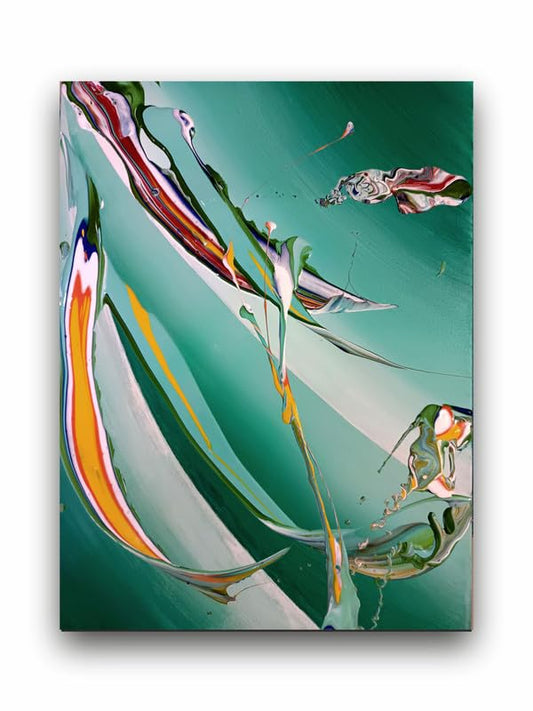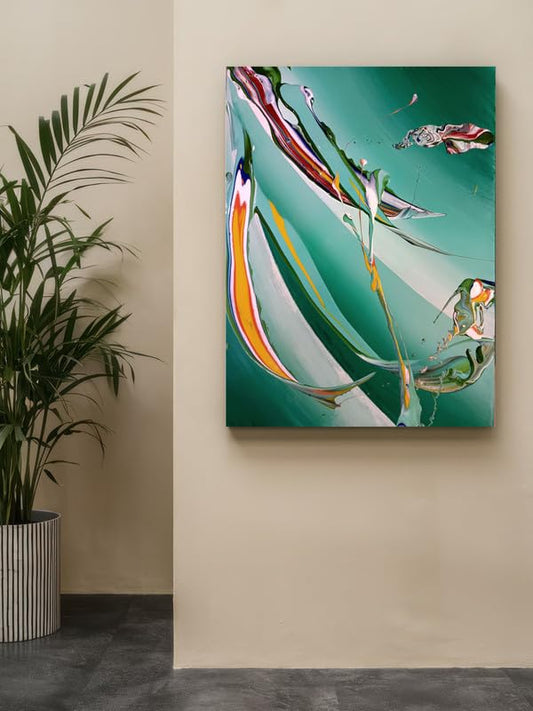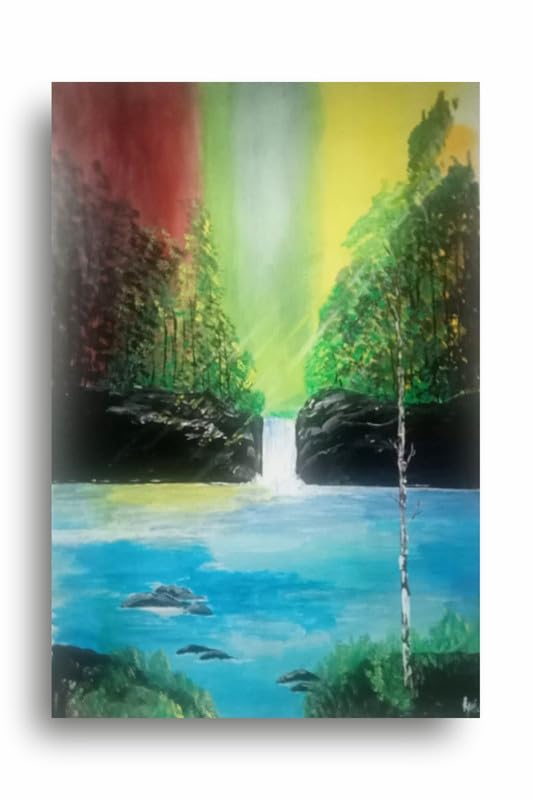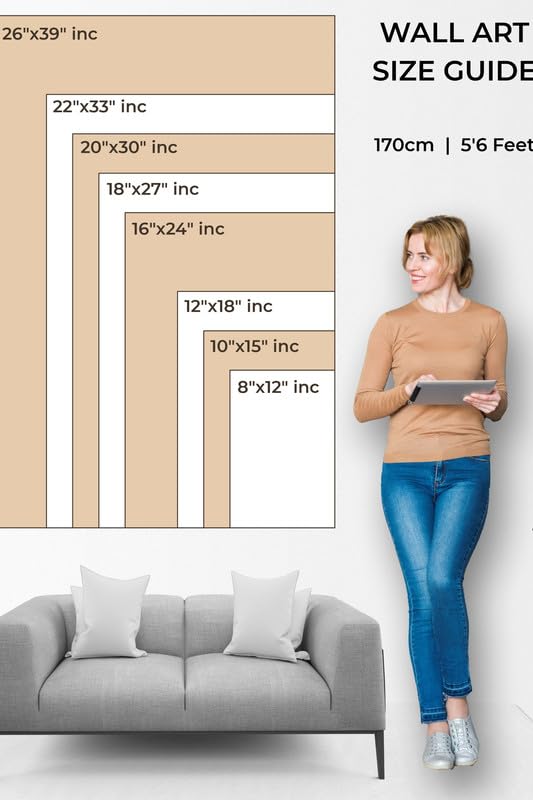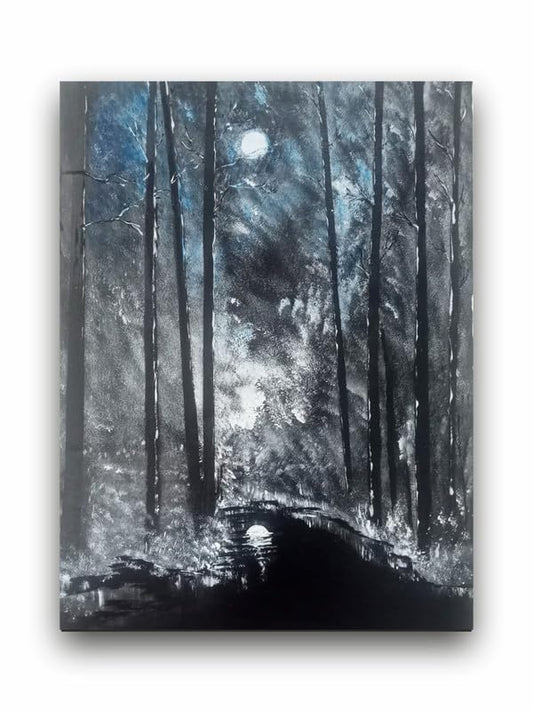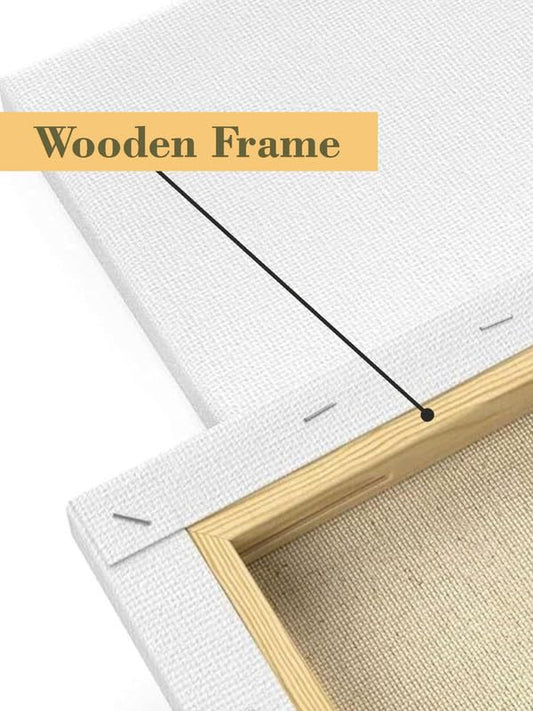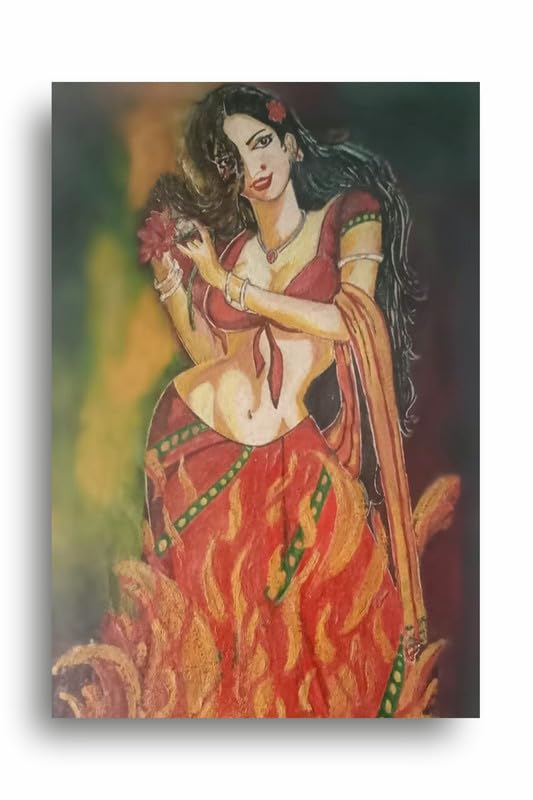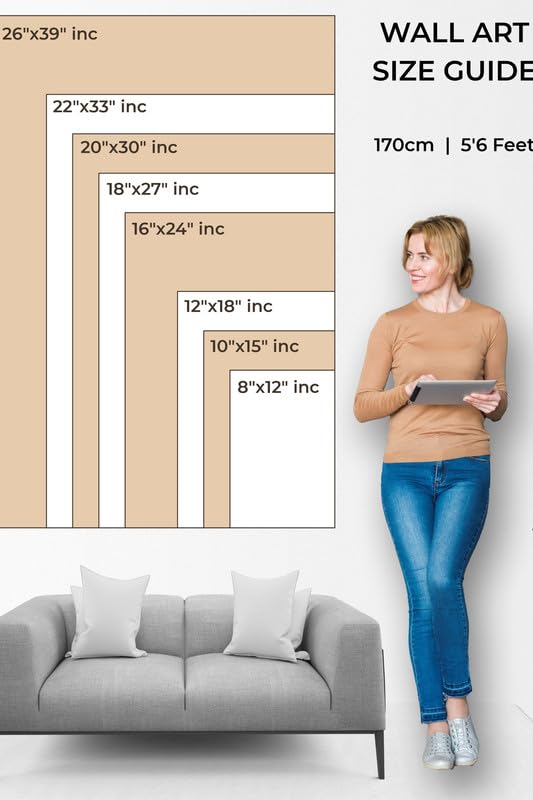
The Merge of Abstract Art with Graphic Design
The Merge of Abstract Art with Graphic Design
Abstract art and graphic design would be two fields, seemingly disparate, but both use a deep connection in terms of creation. Both take advantage of using visual elements to communicate thought and evoke emotion and convey ideas that relate to something other than the literal meaning. This is where innovation unfolds and boundaries are pushed, where art and design merge into a seamless yet compelling visual.
Essence of Abstract Art
Abstract art, with its limitations on representational forms, can bestow rights upon artists to indulge more subjectively in emotions, concepts, and perceptions, in a far more non-literal manner than ever previously possible. Not even aiming at a representation of the physical world, abstract artists employ shapes, lines, colors, and textures to evoke emotions or to provoke thought. For instance, nonconformists like Wassily Kandinsky and Piet Mondrian created their art not to mimic the world but to catch its soul within abstract forms.
More formalized and goal-oriented than graphic design is the function of graphic design: the arrangement of visual elements intended to communicate a message or achieve a utilitarian objective, whether in branding, advertisement, or the internet. The aesthetic and the function come together in a design that employs typography, layout, color theory, and imagery for the graphic designer.
Where They Meet: The Power of Visual Communication
It is for this reason that abstract art and graphic design are such great connections because visual communication is at their common goal. Abstract art is often a source of inspiration for the graphic designer: bold colors, unconventional compositions in abstract pieces may be channeled into elements for design posters, websites, and brand identities.
As an illustration, the minimalist abstract designs of modern branding rely on color theory and geometrical shapes to have subtle yet effective communication of a brand's message. From abstract art's power in moving people emotionally with just visuals and no words, graphic designers have taken away lessons such as creating pieces to be moving even without relaying an explicit message through its composition.
The Impact of Technology
The progress in digital technology has blurred the lines between abstract art and graphic design. Several graphic designers now use digital tools such as Adobe Illustrator and Photoshop to create raster surfaces, manipulate shapes and gradients, and apply textures in a way that appears to many to be familiar in abstract artistic terms. This integration across these fields has gone ahead to shape new styles which have fusions of abstract principles used to communicate ideas through visual forms.
Conclusion
The point at which abstract art enters graphic design can be considered a high ground for experimentation and expression. Providing abstract elements, graphic design can then escape the realm of mundane and find its way into a powerful medium for storytelling and emotional moving power. The fusion of artistic freedom and functional design ensures that this point will always shift and produce a visual that is not only eye-catching but deeply resonant as well. Whether it was in the advertising, branding, or even digital interfaces, the fusing of abstract art and graphic design has continued to build and redefine our visual environment.
The Merge of Abstract Art with Graphic Design

